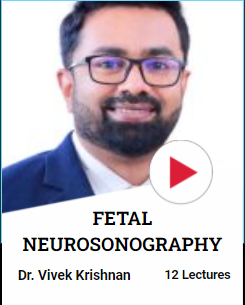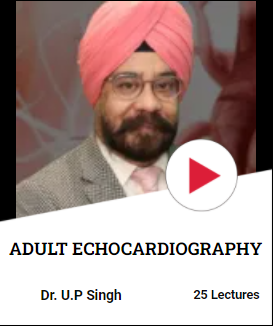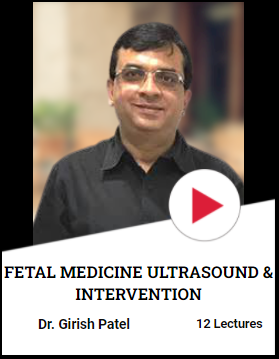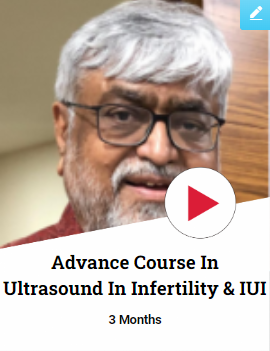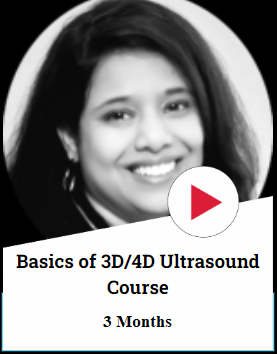Endocarditis is caused by the inflammation of the endocardium, the inner lining of the heart. It is usually caused due to bacteria, fungi, other germs, and when caused by an infection it is called infective endocarditis. Endocarditis is a life-threatening disease that slowly develops over time depending on the kind of germs and any other underlying heart problems. Many times due to the common symptoms and signs this disease goes undetected. Some of the symptoms are –
· Joints/muscle pains
· Chest pain
· Fatigue
· Fever and chills
· Night sweats
· Shortness of breath
· Swelling in your feet, legs, or abdomen
· Heart murmur
· Unwanted weight loss
· Blood in urine
· Enlarged spleen
· Changes in skin color – tender red or purple spots below the skin of fingers and toes or from ruptured capillary vessels that appear on the whites of the eyes, inside cheeks, or on the chest.
Want to learn adult echocardiography? Onelearning introduces the course where you learn from the expert doctors themselves.
Early detection of endocarditis and treatment can save your life. What causes endocarditis is when bacteria, fungi, or other germs travel through your bloodstream or cuts on the skin to the inner lining of your heart. Bacteria, germs, and fungi can also enter your body through improper dental care, if you don’t brush and floss your teeth well, this may lead to unhealthy gums and even a single cut in the gums can help the bacteria enter the bloodstreams. Catheters are another source of transport, this happens when doctors inject thin tubes for example, during long-term dialysis. Illegal IV drugs use, when a person uses
contaminated syringes and needles to inject illegal drugs such as heroin and cocaine the bacteria, fungi and other germs can easily travel through the bloodstreams.
Wondering in what situations does one get endocarditis? It happens to people in their old age, generally over 60, people who have artificial heart valves, damaged heart valves, congenital heart defects, and implanted heart devices. People with a history of endocarditis are likely to get severe heart infections, a history of illegal drug use, poor dental hygiene, long term catheter use are some of the situations in which an individual can get endocarditis.
Learn everything about echocardiograms with Onelearning and the best doctors.
The usual way the check, if an individual has endocarditis, is through blood tests, Erythrocyte sedimentation rate (ESR), these tests check how fast blood cells settle to the bottom of a test tube full of liquid. The faster they settle means inflamed inner walls or endocarditis. The other test through which endocarditis is tested is via echocardiogram. An echocardiogram is soundwaves that are used to create images of the parts of the heart. Echocardiography course is available at Onelearning where you will teach everything from the principles of the ultrasound, practical application of the ultrasound device to documenting, reporting, and recording the images produced during an echocardiogram. Join Onelearning today and get started with the echocardiography course and advance your career.


